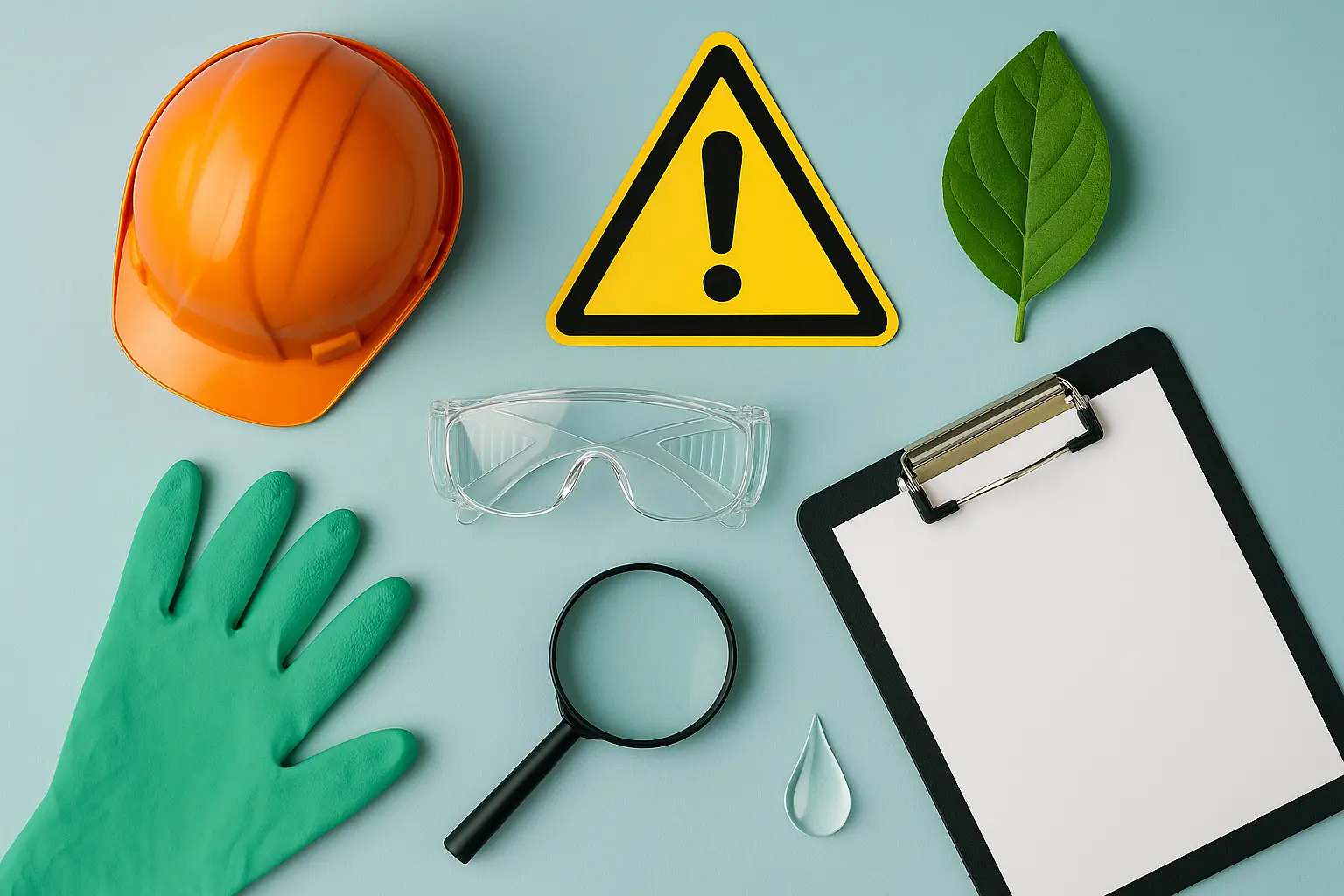EN 795 Fall Arrest Equipment Certification
The EN 795 standard is pivotal in ensuring the safety and reliability of fall arrest equipment used across various industries, including construction, mining, and manufacturing. This certification guarantees that the equipment meets stringent requirements for performance under different conditions, thereby protecting workers from potentially fatal accidents.
EN 795 specifies essential design criteria, testing protocols, and acceptance criteria to ensure that fall arrest systems are robust enough to withstand the forces associated with a fall. Compliance with this standard is crucial as it aligns with broader EHS (Environmental, Health & Safety) certification frameworks, which prioritize worker safety above all else.
The scope of EN 795 extends beyond mere functionality; it also considers ergonomic design and user-friendliness to enhance comfort during use. This holistic approach ensures that the equipment not only performs its primary function effectively but also contributes to a safer working environment by reducing stress on operators.
In practical terms, compliance with EN 795 involves rigorous testing procedures aimed at validating the equipment's durability and efficiency under simulated fall scenarios. These tests are designed to mimic real-world conditions as closely as possible, ensuring that any potential weaknesses or flaws in design or manufacturing can be identified early on.
For quality managers, compliance officers, R&D engineers, and procurement teams responsible for selecting appropriate safety equipment, understanding the nuances of EN 795 is essential. It helps them make informed decisions about which products meet industry standards and are best suited to their specific needs.
The certification process typically includes initial design reviews followed by comprehensive testing conducted in specialized laboratories equipped with state-of-the-art facilities. The results from these tests form the basis for issuing certificates, confirming that the equipment complies fully with EN 795 requirements.
It's important to note that while this standard focuses primarily on fall arrest systems used by workers, its broader implications extend into areas such as occupational health and safety regulations. By ensuring compliance with standards like EN 795, organizations can demonstrate their commitment to maintaining a safe workplace culture.
The emphasis placed on continuous improvement through regular audits and updates ensures that the equipment remains effective even in changing environmental conditions or technological advancements. This ongoing process reflects the dynamic nature of safety practices within modern workplaces.
Why It Matters
The importance of EN 795 cannot be overstated when considering its role in occupational health and safety standards. Compliance with this standard directly impacts worker well-being, reducing the risk of injuries resulting from falls while enhancing productivity through improved confidence among employees.
From an operational perspective, adhering to EN 795 helps businesses comply with legal requirements set forth by national governments and international organizations such as OSHA (Occupational Safety and Health Administration) in the United States. This not only mitigates liability risks but also fosters a positive corporate image by demonstrating proactive measures towards employee welfare.
Additionally, achieving EN 795 certification can lead to increased market competitiveness due to higher product quality expectations from customers looking for reliable safety solutions. It serves as an endorsement of commitment to excellence in manufacturing processes and design innovation.
The broader societal benefits include reduced healthcare costs associated with workplace injuries, lower insurance premiums, and improved overall morale among staff members who feel safer knowing they are working under stringent protective measures provided by certified equipment.
Applied Standards
| Standard | Description |
|---|---|
| EN 795:2018 | This European standard defines the requirements for design, manufacture, and testing of fall arrest systems. It specifies critical parameters such as breaking strength, dynamic loading capacity, and ergonomic considerations. |
| ISO 45001:2018 | An international standard focused on occupational health and safety management systems. While not specific to fall arrest equipment, it provides a framework for organizations to integrate comprehensive EHS practices into their operations. |
| OSHA 1926.500 | The U.S. Occupational Safety and Health Administration regulation requiring employers in construction industries to provide fall protection systems that comply with relevant standards, including those aligned with EN 795. |
Quality and Reliability Assurance
Ensuring quality and reliability in fall arrest equipment is paramount to maintaining the highest level of worker safety. Continuous improvement processes play a key role here, involving periodic reviews of existing standards and practices to incorporate new insights gained from research and practical applications.
The certification process itself undergoes regular updates to align with advancements in technology and changing industry trends. This iterative approach ensures that certified products continue to meet the latest requirements set forth by relevant authorities worldwide.
Furthermore, independent third-party inspections play a crucial part in verifying compliance with EN 795 standards during production phases. These inspections involve detailed checks on raw materials sourcing, manufacturing processes, and final product testing. Any discrepancies found are addressed promptly to maintain the integrity of certified equipment.
A robust quality assurance system also includes post-certification monitoring activities designed to track performance metrics over time. This ongoing evaluation allows manufacturers to identify areas needing improvement and implement corrective actions swiftly if necessary.
By adhering strictly to these rigorous measures, organizations can ensure that their fall arrest equipment not only meets but exceeds the expectations set by EN 795 standards. Such adherence instills confidence in users regarding the dependability of the products they choose for critical tasks involving heights.





